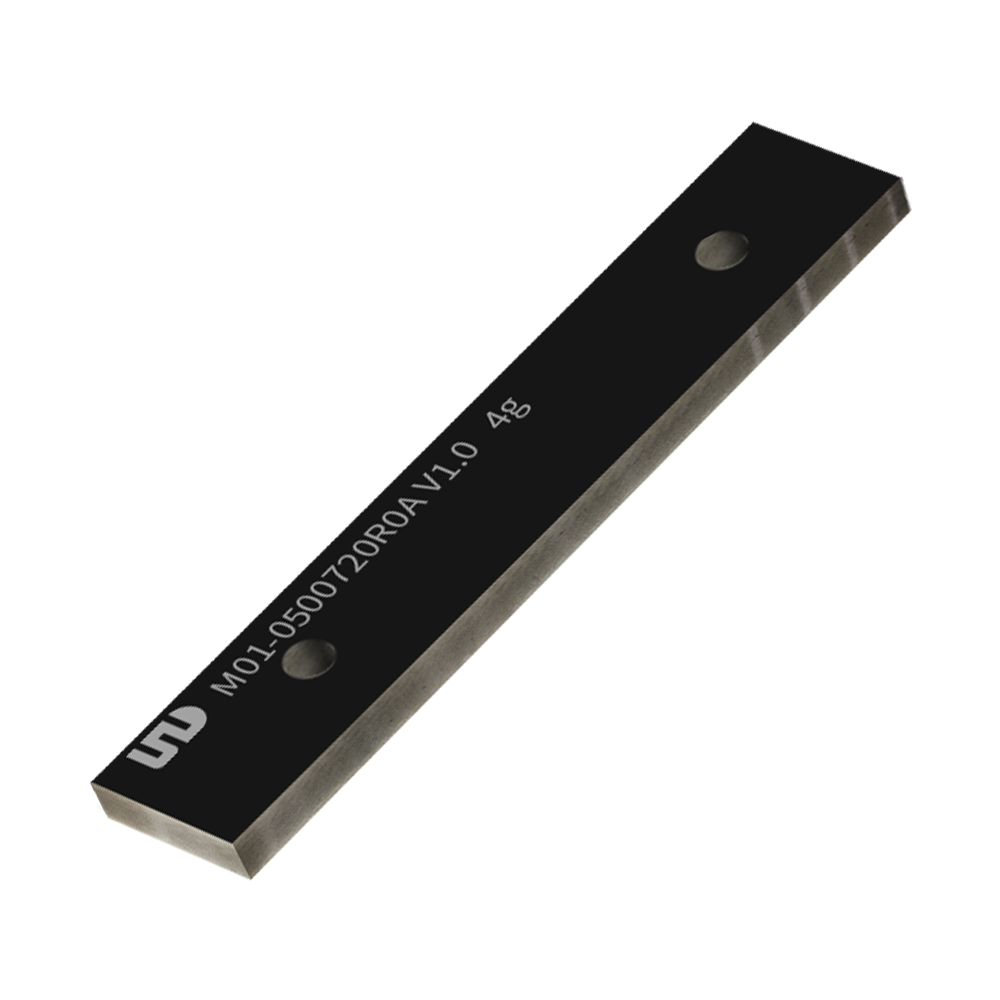The Basics of LoRa Antennas: What You Need to Know for Effective IoT Communication
الجسم
In the rapidly evolving world of the Internet of Things (IoT), LoRa antennas play a pivotal role in ensuring effective communication between devices. Understanding the fundamentals of these antennas is essential for anyone looking to implement IoT solutions successfully.

What are LoRa Antennas?
LoRa antennas are specialized antennas designed to work with LoRa (Long Range) technology, which enables long-range communication with low power consumption. This technology is particularly beneficial for IoT applications, where devices often operate in remote locations and require efficient data transmission.
Types of LoRa Antennas
There are several types of LoRa antennas, each suited for different applications. Understanding these types can help you choose the right one for your needs:
- Omnidirectional Antennas: These antennas radiate signals in all directions, making them ideal for applications where devices are spread out over a wide area.
- Directional Antennas: These antennas focus the signal in a specific direction, which can enhance communication range and efficiency in targeted applications.
- Dipole Antennas: Commonly used in various IoT devices, dipole antennas offer a balance between size and performance.
- PCB Antennas: Integrated directly onto the circuit board, these antennas are compact and cost-effective, suitable for small devices.
Applications of LoRa Antennas
The versatility of LoRa antennas allows them to be used in a wide range of applications, including:
- Agriculture: Monitoring soil moisture and crop health.
- Smart Cities: Managing street lighting and waste collection.
- Asset Tracking: Keeping tabs on valuable equipment and inventory.
- Environmental Monitoring: Tracking air quality and weather conditions.
Choosing the Right LoRa Antenna
When selecting a LoRa antenna, consider the following factors:
- Frequency: Ensure the antenna operates at the correct frequency for your LoRa devices.
- Gain: Higher gain antennas can improve range but may require precise alignment.
- Environment: Choose antennas that can withstand environmental conditions, especially for outdoor applications.
Best Practices for Using LoRa Antennas
To maximize the effectiveness of your LoRa antennas, follow these best practices:
- Position antennas strategically to minimize obstructions.
- Regularly test and maintain your antennas to ensure optimal performance.
- Consider using a combination of antenna types for diverse applications.
For a comprehensive selection of LoRa antennas, visit  . This resource provides a variety of options tailored to different IoT needs.
. This resource provides a variety of options tailored to different IoT needs.
In conclusion, understanding LoRa antennas is crucial for anyone involved in IoT communication. By selecting the right type and following best practices, you can enhance the performance and reliability of your IoT devices.










تعليقات